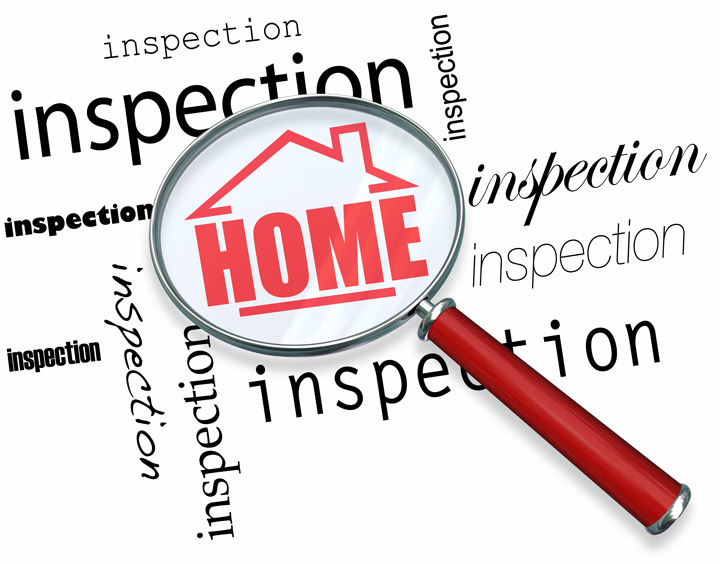
Decoding the Appraisal ProcessTheir home's purchase can be the most significant investment most may ever make. It doesn't matter if a main residence, a second vacation home or an investment, purchasing real property is a complex transaction that requires multiple parties to see it through. Most of the participants are very familiar. The most recognizable face in the transaction is the real estate agent. Next, the mortgage company provides the financial capital needed to fund the exchange. And ensuring all areas of the transaction are completed and that a clear title passes from the seller to the buyer is the title company. So, who's responsible for making sure the value of the property is in line with the amount being paid? In comes the appraiser. We provide an unbiased estimate of what a buyer might expect to pay — or a seller receive — for a property, where both buyer and seller are informed parties. A licensed, certified, professional appraiser from Tom Peterson will ensure, you as an interested party, are informed. Inspecting the subject propertyTo determine an accurate status of the property, it's our duty to first conduct a thorough inspection. We must see features hands on, such as the number of bedrooms and bathrooms, the location, living areas, etc, to ensure they indeed exist and are in the shape a reasonable person would expect them to be. To ensure the stated size of the property is accurate and illustrate the layout of the property, the inspection often includes creating a sketch of the floorplan. Most importantly, we look for any obvious features - or defects - that would have an impact on the value of the house. Next, after the inspection, an appraiser uses two or three approaches to determining the value of real property: paired sales analysis and, in the case of a rental property, an income approach. 
Replacement CostHere, we gather information on local building costs, labor rates and other factors to determine how much it would cost to replace the property being appraised. This value usually sets the maximum on what a property would sell for. The cost approach is also the least used method. 
Sales ComparisonAppraisers can tell you a lot about the communities in which they work. They innately understand the value of particular features to the homeowners of that area. Then, the appraiser looks up recent transactions in the neighborhood and finds properties which are 'comparable' to the home at hand. By assigning a dollar value to certain items such as square footage, extra bathrooms, hardwood floors, fireplaces or view lots (just to name a few), we add or subtract from each comparable's sales price so that they are more accurately in line with the features of subject.
A valid estimate of what the subject could sell for can only be determined once all differences between the comps and the subject have been evaluated. When it comes to putting a value on features of homes in Grand Rapids and Itasca, Tom Peterson is second to none. This approach to value is usually given the most consideration when an appraisal is for a home exchange. Valuation Using the Income ApproachIn the case of income producing properties - rental houses for example - the appraiser may use an additional approach to value. In this case, the amount of revenue the property yields is factored in with income produced by similar properties to give an indicator of the current value. Coming Up With The Final ValueExamining the data from all approaches, the appraiser is then ready to stipulate an estimated market value for the subject property. It is important to note that while this amount is probably the strongest indication of what a house is worth, it may not be the final sales price. Depending on the specific situations of the buyer or seller, their level of urgency or a buyer's desire for that exact property, the closing price of a home can always be driven up or down.Regardless, the appraised value is typically used as a guideline for lenders who don't want to loan a buyer more money than the property is actually worth. It all comes down to this, an appraiser from Tom Peterson will guarantee you attain the most fair and balanced property value, so you can make wise real estate decisions. |